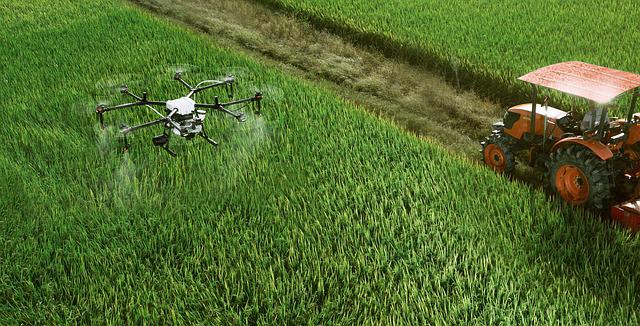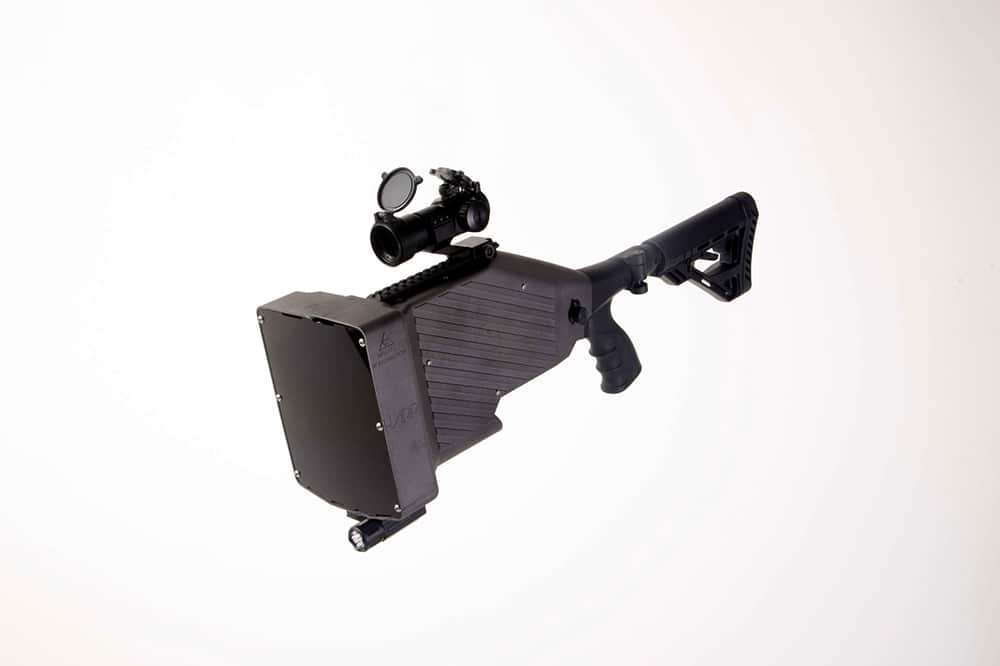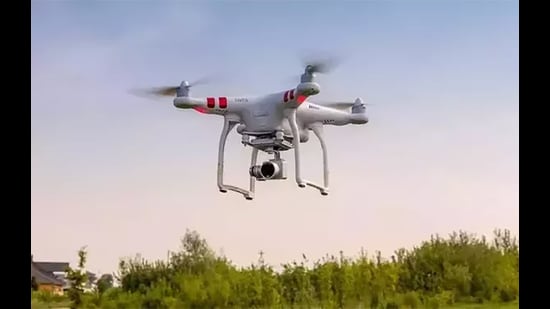
The Navy is currently developing an unmanned aircraft platform to replace its manned fighter-jets. The MQ-25A Stingray unmanned aerial system is multi-purpose and can carry refueling equipment under its wings. These drones will help relieve F/A-18 fighter pilots of their tanker duties, thereby indirectly increasing the carrier airwing's striking power. These unmanned aircraft systems are not yet certain of their future.
MQ-4C Triton Unmanned Aircraft System
The Navy plans to deploy two MQ-4C Tritons to Guam by the end of 2018, which will expand the force's reach in the Western Pacific. Original announcement of the deployment was made in April 2018. However, the first Triton crashed in September 2018, and the Navy halted operations while investigating the incident. It is expected that the program will resume flying in 2019.
Blue Water Maritime Logistics UAS concept
The US Navy selected Skyways from Austin, Texas as the 2019 winner of the other transaction award for its Blue Water Maritime Logistics UAS design. The folding wings of the aircraft will enable it to fold down after takeoff and before landing. This will make it easier to store and handle. Skyways won the award over Boeing, which was initially considered. Skyways' patented design has attracted attention from the industry and could be a part of the future Navy fleet.

MQ-25A Stingray
The MQ-25A Stingray is a prototype Navy tanker, and it is expected to achieve initial operational capability by 2025. Its horizontal shape and rounded wing-body configuration make it less vulnerable to enemy radar detection. Its ability to land at sea while maintaining a high degree of survivability makes it an excellent choice for long-range missions over fixed-wing tankers.
UXV Drone Carrier Warship
The UXV Drone Carrier Warship is an intriguing concept, but can it really be used? A half-flattop warship combined with a drone deck is a waste of space. The theory behind it is already useful. Is this even possible? Will it ever see service? How will it fit in to the Navy's existing fleet, if ever? How big a budget does it need?
MQ-8Bs/Cs
The MQ-8B, and C are navy drones. They are equipped with anti-submarine warfare equipment and can perform large-area multistatic acoustic searches. The Navy plans to replace its MQ-8C, which was tested at sea aboard the USS Anchorage. The MQ-8C’s airframe is based in part on a Bell 407 plane and retains many of the B versions' avionics. It can land on any aviation-capable ship, including unprepared areas. The MQ-8C includes a new radar. The new aircraft should be ready for deployment by the summer.

Laser electric weapon
The progress of the Navy's laser weapon systems has been remarkable. The Navy is currently at more than half its target, moving from 30 kilowatts (in 2014) to 150kilowatts (in 2020). The all-electric weapon won't require propellants nor ammunition and will remain operational as long as there is power. The electric laser weapon, unlike its chemical cousins, has many advantages.
FAQ
Can my drone be flown around my neighbourhood?
Yes! These are called UAVs (unmanned aerial vehicles). There are many types of drones on the market today, including small quadcopters and large fixed-wing aircraft. The FAA has recently issued new rules regarding the commercial use of UAVs, which means you can now legally fly them for business purposes. You should be aware, however, that UAVs flying near airports can cause interference with air traffic control systems. To operate one, you will need to obtain permission from the local authorities.
Is it against the law to fly a helicopter?
Flying drones is an offense in certain countries, including Australia, Canada, Germany and Japan. It is legal in countries such as France, Italy Netherlands, Poland and Russia.
What laws are there regarding drones flying?
The Federal Aviation Administration (FAA), regulates drone operations in the United States. A certificate issued by the FAA is required to commercially operate a drone. Then, you must complete a course in piloting skills and pass an exam. Final, you will need to pay a fee.
Does the FAA regulate drones
The FAA oversees all aspects regarding drone operations, including safety standards and certification requirements.
Statistics
- Research and Markets predict a growth rate of 51.1% over the next five years. (thedroneu.com)
- With the top 10% making over $100/h and the bottom 10% making as low as $10/h. (dronesgator.com)
- According to Indeed, a drone pilot gets paid $25.73 per hour on average in the US. (dronesgator.com)
External Links
How To
How do I clean my drones?
These are some of the things you need to know before cleaning your drone. This guide will help you make sure that you get the most out of your drone.
-
Make sure you have the right tools. Be sure to have everything you require before you begin any task. You will need a soft brush or a toothbrush and a cleaning agent (we recommendWD40).
-
Disconnect the battery pack. First, remove the battery pack from your drone's bottom. It is often easy to find the battery beneath the propeller. Ensure that you don't lose any screws when removing the propeller.
-
Take off all parts. Next, remove all parts from the drone's underside. You should make sure that they are not loose as they could fall off during cleaning.
-
Use a cleaner. Now it's time for your drone to be cleaned. We recommend cleaning your drone with WD40. Spray the entire surface with the cleaner. Make sure you get in between every part. Allow it to dry completely before you assemble everything.
-
Turn on the battery. It's crucial to place the battery after you have cleaned your drone. This will allow you to check how your drone performs after cleaning.